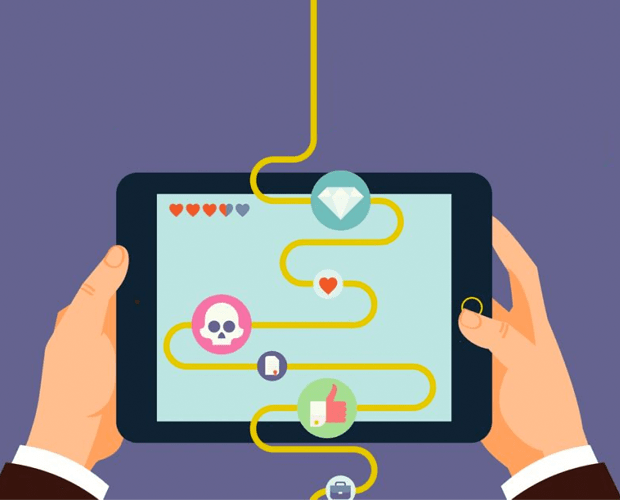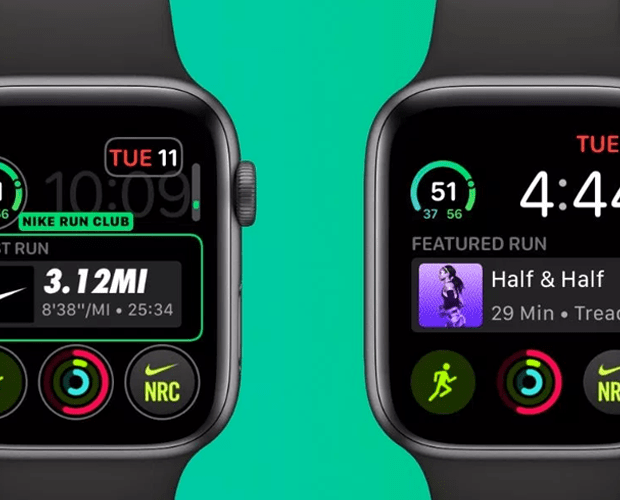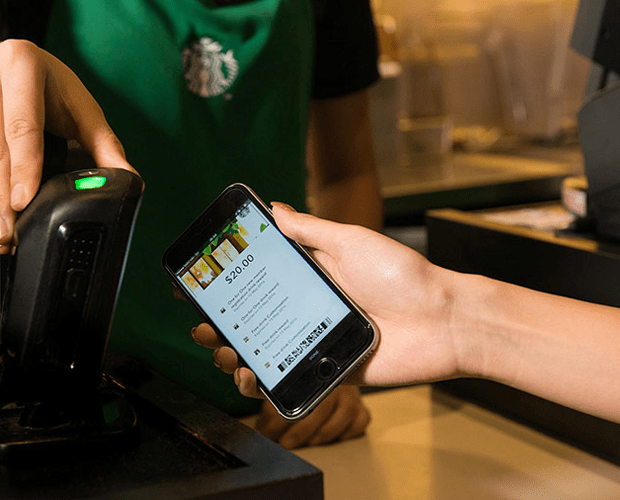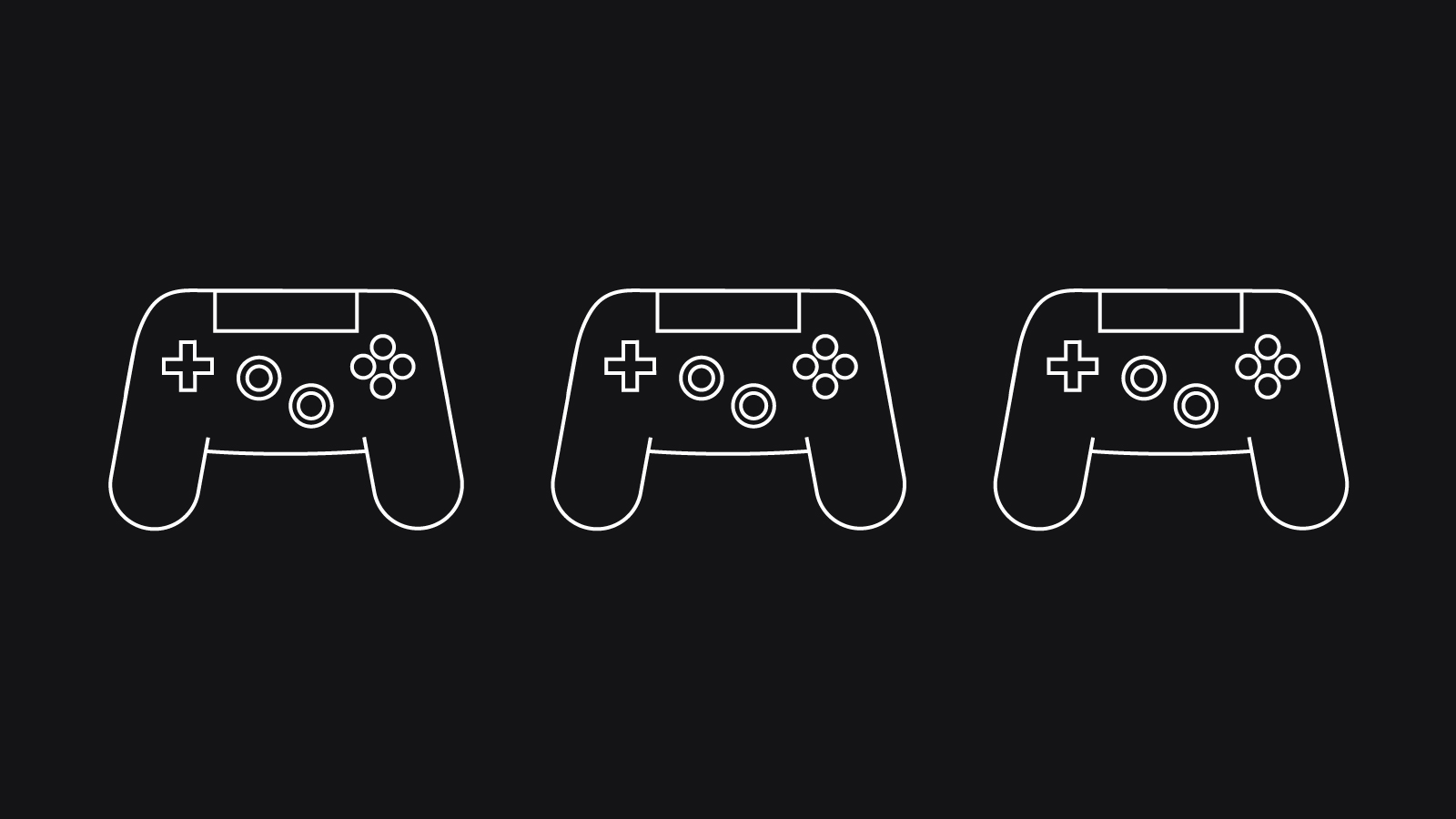People love games. The UK games market is at record levels, and gamers spend on average a whopping 7.15 hours a week playing. It’s no surprise there’s a buzz around gamification, with businesses keen to inject some fun into their campaigns, apps and websites.
Limelight: How many hours each week do you spend playing video games?
Gamification can significantly boost customer engagement, conversions and loyalty. But helping customers have fun is a serious business – gamifying a project is tricky to pull off. Get it wrong, and you end up annoying customers instead of entertaining them.
In this guide I’ll tell you all you need to know about gamification so you can gamify your digital assets in the right way and give your customers a rewarding experience.
I’ll explain the benefits of gamification and outline some of the most effective game elements you can use. I’ll give you the lowdown on the best practices for successfully gamifying your project. Finally, I’ll help you get first-hand insight into game elements at work with some great gamification examples.
First things first, what is gamification exactly?
What is gamification?
Gamification means applying elements of a game (like competition, rules and reward) to a non-game setting with the aim of motivating engagement and loyalty.
Just like video games, gamifying a digital project works by tapping into our innate drives, like our love for competition, reward, and rising to challenges. It injects fun elements into actions that might otherwise be boring or tedious.
So gamification can influence your customers’ behaviour and habits. It can motivate them to behave in a way you’d like them to, say returning to your website or engaging with your campaign.
Gamification isn’t just for the marketing realm, it’s useful for employee training and performance, improving apps and online products, and e-learning platforms. It can even be used offline. Remember the video of subway steps turned into a giant functioning keyboard? That was gamification at work, promoting fitness by encouraging commuters to take the steps instead of the escalator.
YouTube: Piano stairs – Game theory in practice
Gamification can be implemented in lots of different ways, but gamified systems all share these basic features:
Gamified systems need to motivate the user to get involved. This motivation can be internal, say a sense of curiosity or achievement. Or it can be external, like money or a grade.
Gamified systems have rules for what players can and can’t do (either explicit or implied). These give the game structure and ensure fair play.
Gamified systems reward a user for completing a goal or making progress. Rewards can take any form, like virtual badges, points, levels, real prizes, or positive feedback.

Image from: https://smallbiztrends.com/2017/07/what-is-gamification.html
What are the key benefits of gamification?
Used right, gamification is extremely powerful for businesses. Here are a few of the benefits:
It increases engagement
Making a system efficient and simple to use is good UX. Gamification can further enhance your design by adding an element of fun, so customers are motivated to use the product in the first place and keep using it.
It improves customer retention
As you’ll know, if you’ve ever got hooked on a game like Angry Birds or Candy Crush, game elements can be extremely addictive. Gamifying your website or app will encourage customers to come back for more.
It enhances your brand
Making an emotional connection with something means you’re more likely to remember it. Giving customers a fun experience through gamification helps you stand out.
It makes onboarding easier
We learn by doing. Just as you learn how to play video games by playing them, gamification helps new users get familiar with an app better than a set of detailed instructions.
It increases conversions
Gamification can influence your customer’s actions and purchasing decisions. Use the right game elements and offer the right rewards, and customers will do what you want, and enjoy doing it.
It expands your reach
You can use game elements to persuade people to share your social media content, attracting more potential customers. Get your gamification right, and your content could go viral.
The most popular game mechanics
The term ‘game mechanics’ might sound technical, but it’s just referring to the different ways you can gamify your project. Depending on your project you could apply just one, or combine several game mechanics to create an engaging experience for users:
Leader boards
These appeal to our competitive instincts by displaying a list of users ranked according to success. To boost engagement for example, you might rank users according to how often they engage with the content.
Quizzes
Let’s face it, we all find it hard to resist a quiz and we enjoy sharing and comparing results with friends. They’re a great way to drive brand awareness through viral content.
Points
Points measure success and reward the user with instant feedback about how they’re performing. Earning points also taps into our instinct to collect things.
Virtual badges
These are awarded when users have collected a certain number of points, giving users a sense of achievement and status. Badges can have a competitive element if they reward people for engaging with your product more than others. For example, a ‘Top Seller’ or ‘Top Contributor’ badge.
Progress bar
This motivates users when they’re entering data, say at checkout or when leaving a review. The bar shows users how much progress they’ve made, with an end goal to aim for. People don’t like to abandon something once they’ve committed to it and a progress bar taps into this drive.
Challenge
Because most of us feel compelled to rise to a challenge, this is a great way to increase engagement. You might throw down the gauntlet with a simple competition, say to upload the best caption or photo. Or you can give users a sense of purpose with a series of challenges.
Levelling
Levels of increasing difficulty tap into our desire to achieve and to gain status. Levels make an activity very addictive and can increase the time users spend interacting with your asset. A popular way to use this technique is to ‘unlock’ new levels when the user has made good progress on the current one.
Choice and customisation
We all get a kick out of making our own decisions, and the option to personalise elements will give users a sense of control. Because users invest their time making the system just how they want it, they’ll also enjoy your asset more and be reluctant to switch to a competitor.
Collaboration
We’re social animals and we like to feel we belong to a tribe that’s better than everyone else. Creating groups or teams within your asset is a powerful incentive for users to become more engaged, identify with teammates and beat the rivals.
How to apply game mechanics to your project
Next up, here’s how to gamify your project in the right way. Read on to learn gamification best practices for a great customer experience:
Understand your user
While gamification appeals to basic human instincts, not all game elements will resonate with everyone all the time. it’s important you use the right mechanics for your platform and adapt them to motivate your target customers. For example, a quiz for millennials will have very different content from a quiz for retirees.
Best practice is to get to know your customers by creating user personas. Then you can understand the appeal of game mechanics from their point of view. Will they be driven by curiosity? A desire to do better than others? To explore your system? Tailor content to your audience and your asset will be more compelling.
Know your mission
If you focus only on making the system ‘fun’ without influencing your user’s behaviour in some specific way, you won’t get the results you want. Adding game elements to a site or app without a clear purpose can also be perceived by customers as a gimmick and could harm your brand.
So be clear on what you want to achieve from your game elements. Do you want your user to progress within your app? To return to your website? To share your content? Keep your mission in mind as you design your project.
Make game elements optional
You can’t force people into having fun. it’s a good idea to make game elements optional for customers, otherwise you’re excluding (and probably losing) the customers that don’t want to play.
Give feedback
Support your users by rewarding them with positive feedback when they do well, and constructive feedback when something goes wrong. In this way they’ll get better at playing and feel the gratification of progressing towards the goal.
Make game elements responsive
The game elements of your app, product or campaign should adapt to the different devices your customers will be using. People will interact with interfaces differently depending on whether they’re using mouse commands or mobile gestures, so it’s a good idea to make sure your design supports both.
Keep the rules simple
If it’s not easy to understand how to play the game, no one will want to play it. Best practice is to make sure the rules are clear and intuitive from the outset.
But your game elements don’t always have to be easy
While the rules should be simple, that doesn’t mean your challenges should always be easy. Something hard-won can be more meaningful to users and give them a greater sense of achievement.
Of course, you don’t want anything too arduous on a website, but in the context of a learning platform or a product like a fitness app, consider raising the bar for your customers.
Great Gamification examples we can learn from
Lastly, on to some real-world examples of companies getting their gamification spot on. Prepare to be inspired:
Nike Run Club

Image from: https://9to5mac.com/2018/12/11/nike-run-club-apple-watch-series-4-update/
Nike’s Run Club app combines several game mechanics to create a compelling experience. It promotes fitness (and its products) by encouraging users to compete against each other for the best running stats. The app features organised running challenges with like-minded users, with trophies, badges and a leader board as motivation.
The challenges are only open for a limited time, which generates an exciting sense of urgency and prompts more users to take part. And to ensure continued engagement with the app once the novelty has worn off, Nike Run Club rewards users with regular personalised feedback on their performance.
Papa John’s
A great example of tailoring game elements to appeal to the target user, Pizza chain Papa John’s ran a campaign which asked subscribers to choose the football team they support. Whenever their chosen team scored at least twice, they’d be rewarded with a discount code for a half-price pizza.
This tapped into the subscribers’ competitive instincts and kept the brand forefront in customers minds. The campaign was a huge success, enhancing brand loyalty, engagement and sales.
Starbucks app

Image from: http://www.starbucks.co.th
Starbucks uses a simple but effective rewards system to boost engagement: for every coffee you buy, get a star towards a free coffee. Customers will choose Starbucks (whether or not they make the best coffee in town) because they want to collect points.
To seal the deal, after 50 transactions the caffeine addict can progress a level from ‘Green’ member to ‘Gold’ member status, gaining access to more offers and a sense of achievement.
Codecadamy
The e-learning platform has a reputation for teaching people to code in a fun and interactive way, and this is partly thanks to their gamified interface.
The gamified elements are simple but effective: from the outset the platform empowers users by letting them pick their own lectures. Badges are awarded as users make progress, motivating engagement. And completed courses are recognised as ‘skills’ the user has achieved. The number of skills and badges are displayed on the user’s profile, which encourages the user to collect more.
![]()
Image from: https://www.wired.com/2016/02/advertisers-feel-facebooks-new-reactions-%F0%9F%98%8D/
Proof that gamification can be very subtle to be a game changer (pun intended), Facebook uses gamification elements to encourage engagement. When you post a status or picture, you’re rewarded with likes, reactions and comments – essentially points awarded by your own peers. These motivate you to return to the platform and to post again.
And that concludes your complete introduction to gamification: what makes gamification effective, the key game mechanics, how to implement these in your own project and some great examples of gamification in action. Follow this guide to gamify your next project and increase your customer engagement. I hope you’ve found this guide helpful. And if you did, feel free to share it.
